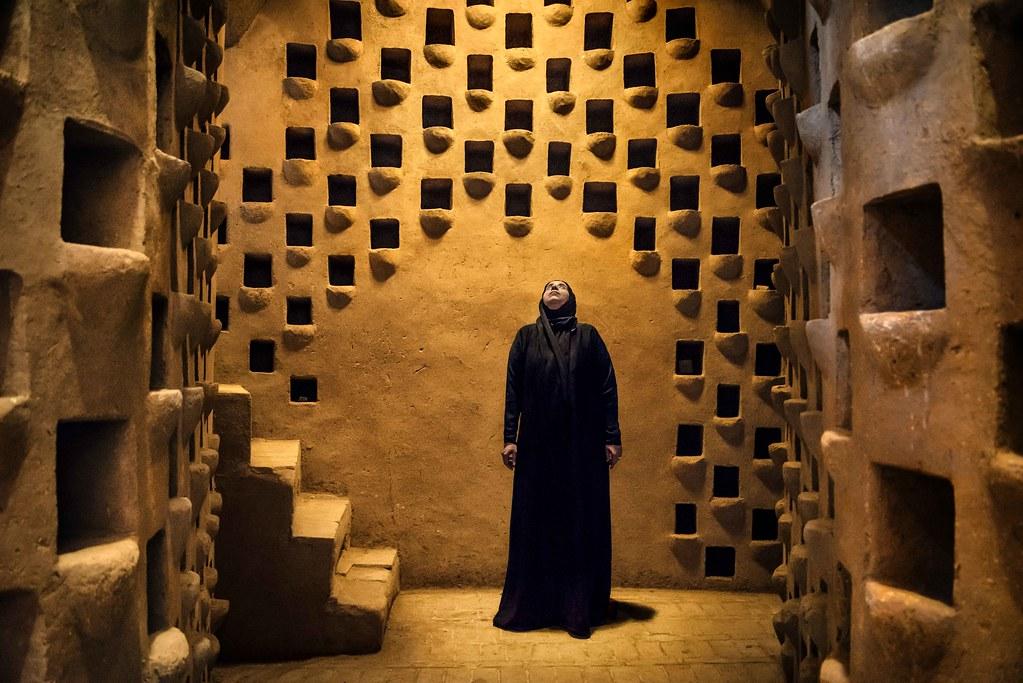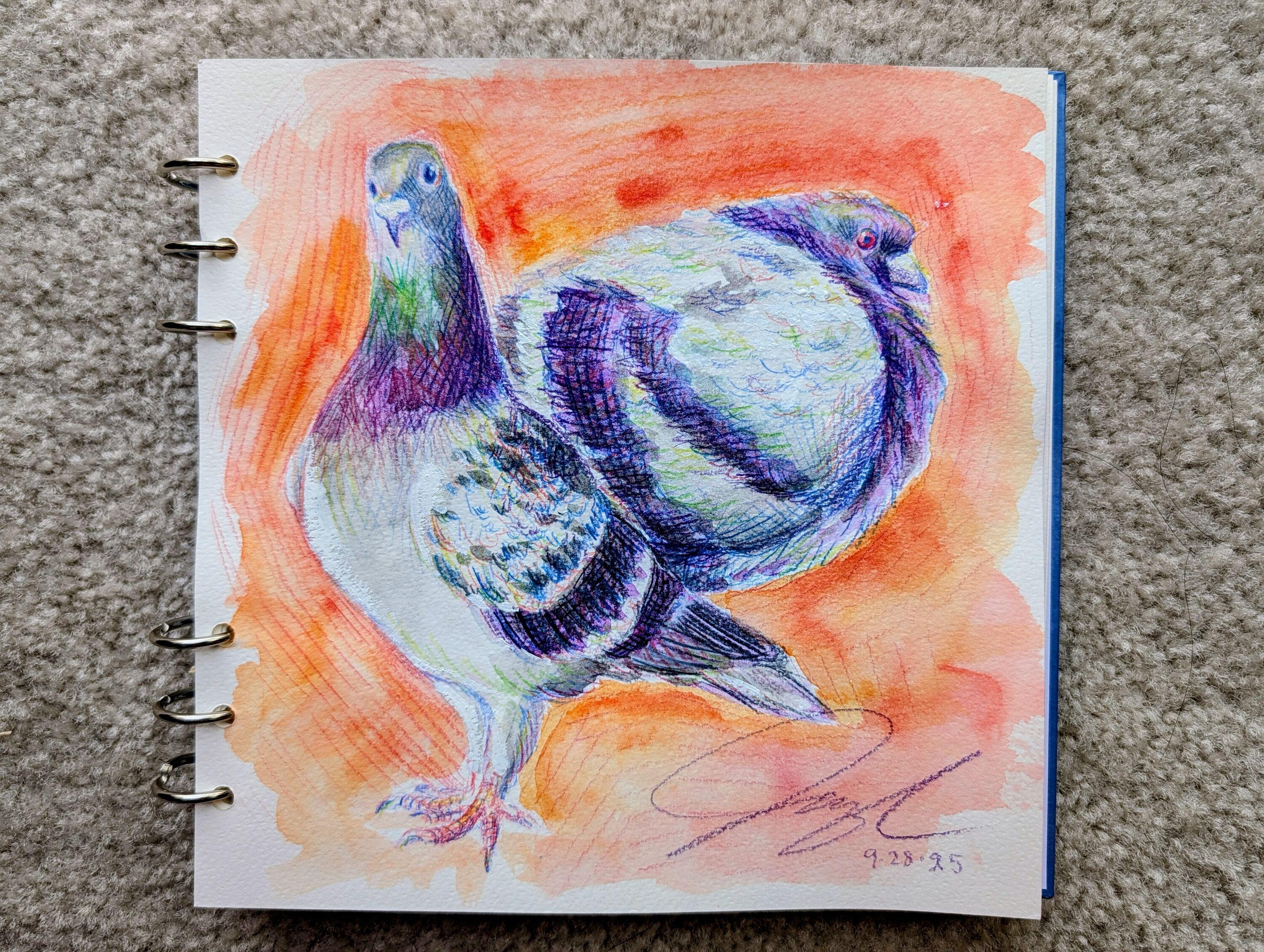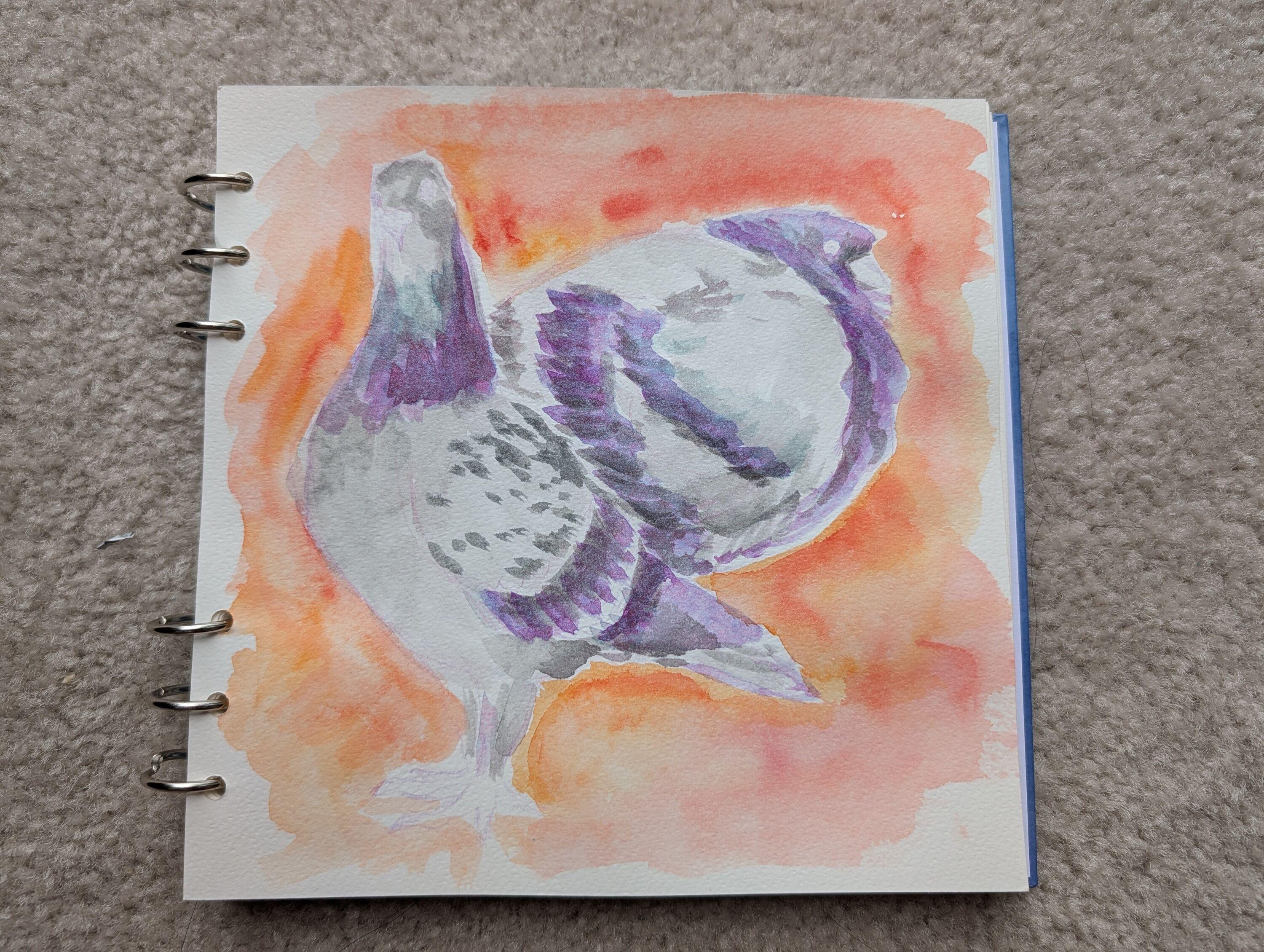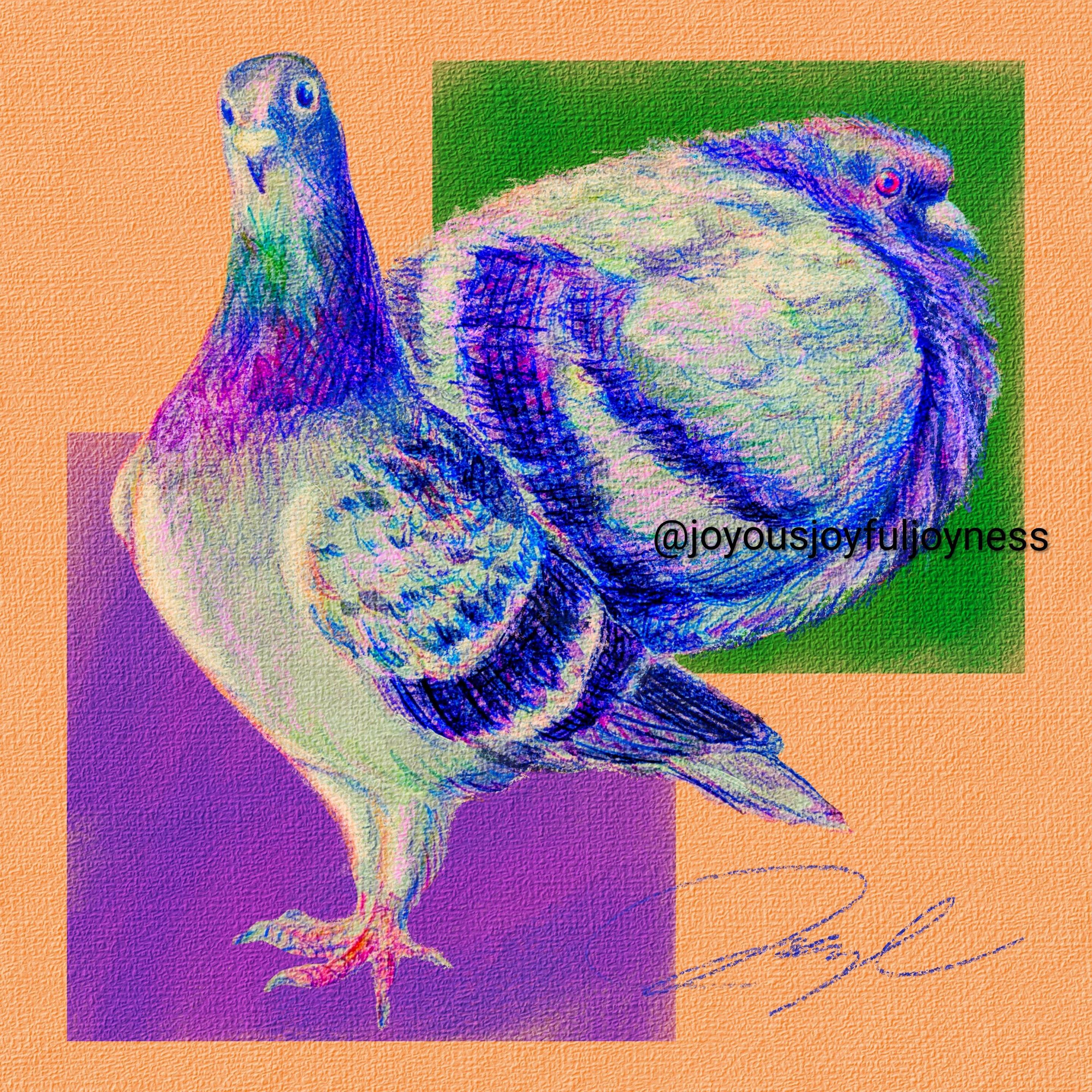Interior of a pigeon tower (Iran).
In 16th and 17th century Iran, domesticated pigeons were a valuable resource.
Due to the lack of grasslands, in the desert areas it was impossible to produce fertilizers for agriculture.
Rich in nitrogen, pigeon guano was used across Iran as a natural fertilizer for fields.
To gather this precious resource, homes were built for the pigeons.
Often over six stories high and 45 to 75 feet in diameter, these towering structures were filled with a honeycomb of small roosts for the pigeons. Each tower held as many as 14,000 pigeons.
The towers are also an unique example of architectural style.
Over the years these buildings became more advanced and pigeons became the most popular species for this purpose.
Aside from the primary use of these towers, they also provided feather, meat and eggs.
Today, due to the use of artificial fertilizer, only a few hundred pigeon towers remain operational.
Website: <a href="https://robertopazziphoto.com" rel="noreferrer nofollow">robertopazziphoto.com</a>
Instagram: <a href="https://www.instagram.com/roberto_pazzi_photo" rel="noreferrer nofollow">www.instagram.com/roberto_pazzi_photo</a>



